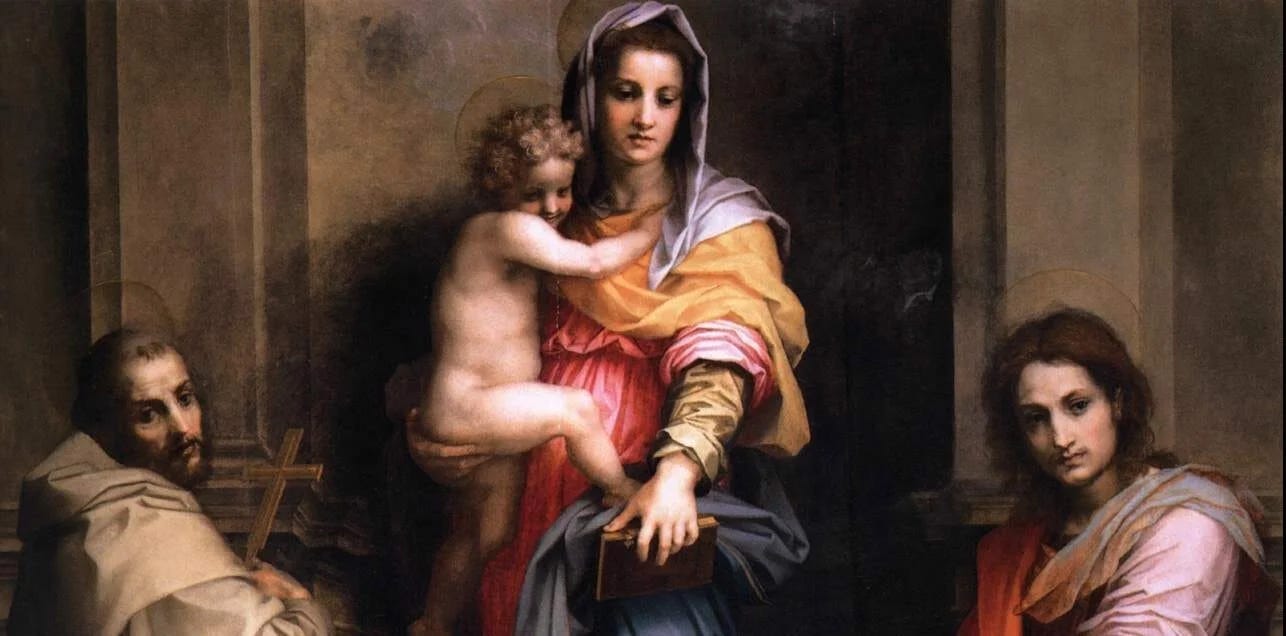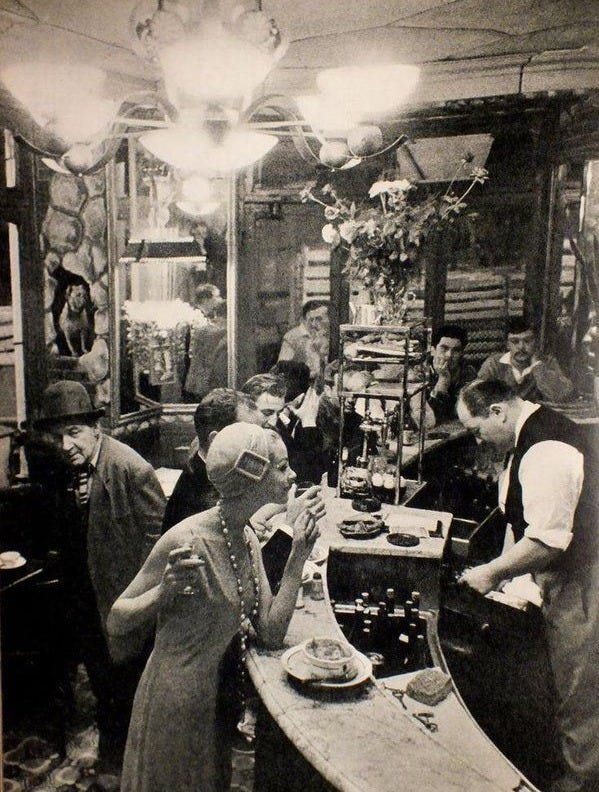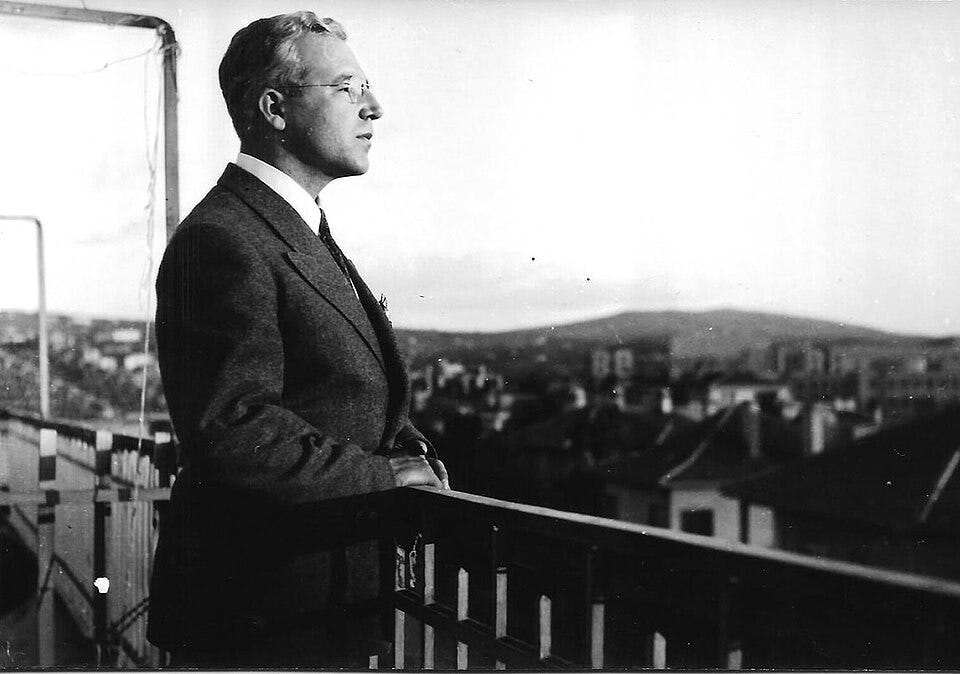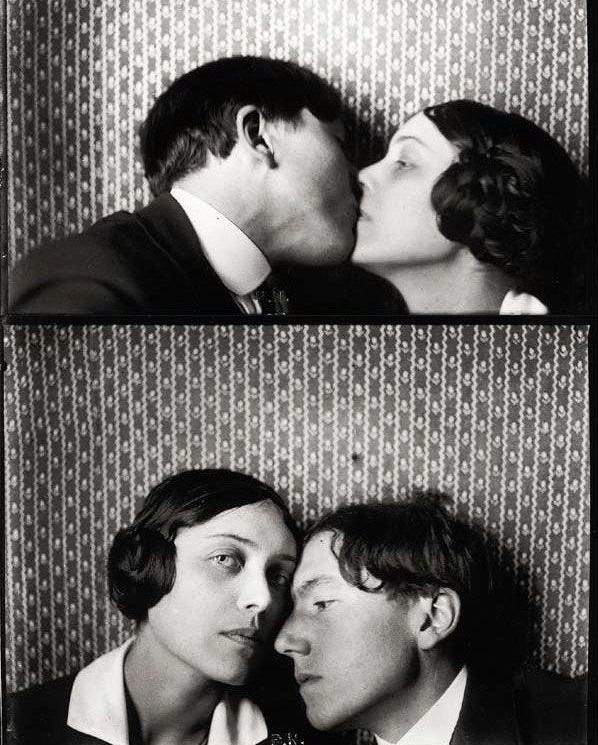Madonna in a Fur Coat
More than a love story: on loneliness and alienation in a changing world, and an ode to comrade, Sabahattin Ali.
Whenever I read a great book that moves me, I like to sit with it in silence, let it simmer for some time so I can mentally acclimate to saying my goodbyes to its world. I didn’t know Madonna in a Fur Coat by Turkish writer and intellectual Sabahattin Ali (1907-1948) was a story about love when I first began reading it. Even now, I think there is much to this story than simply love, not that love and romance aren’t great subject material, but because love and interpersonal relationships, much like many other things in life, are often shaped by external socioeconomic happenings and our material conditions.
Madonna in a Fur Coat begins when a young unemployed man lands a job at a friend’s firm in 1941 Ankara, Turkey. On his first day at the office, he becomes intrigued by his older colleague and desk mate, the passive and elusive Raif Efendi, who also has an unsuspecting affinity for drawing and art but speaks very few words to anyone (go off introverted king!). Through much struggle and initial reluctance on Efendi’s part, the two become friends and the narrator manages to get his hands on the treasure trove of secrets and lore that Efendi has kept deep in the confines of his heart, relegated to a simple notebook where Raif Efendi wrote and poured out his soul to – where the real story emerges.
In the 1920s, a 24-year-old Raif Efendi was sent to Berlin from Turkey to learn how to make soap for his father’s soap business. Instead, Raif spends the days being his usual loner self while he explores the art galleries, museums, and parks of interwar Germany. It was in one of these art galleries where Raif became transfixed on a painting of a woman wearing a fur coat, whose image is akin to the Madonna or Mother Mary, specifically in reference to the Madonna of the Harpies (1517) painting by Andrea Del Sarto.
‘But this painting of the Madonna in a Fur Coat had shaken me — so much so that the very thought of imagining her in such a scene was impossible. I could not begin to imagine it. I could not even imagine sitting beside her as a friend. All I wanted was to stand before that painting for hours on end, gazing into those dark, unseeing eyes.’
This is when shy and often emotional Raif comes across 26-year-old haughty, independent, and disillusioned Maria Puder, the artist behind the self-portrait, Madonna in a Fur Coat. Maria and Raif eventually develop a friendship full of bonding conversations about their lives, mutual love for art, their thoughts on love, friendship, men, and women, while going on frequent walks in the local botanical gardens and roaming around the city. As a lover of world history, I couldn’t help but feel the subtle yet ominous foreboding of canon historical events looming in the background of their story, a phantom in the periphery that you know is behind you but aren’t ready to turn around and face yet. Sabahattin Ali does a phenomenal job describing the façade that Berliners are living in as they go about their daily life, the cracks in the foundations of German society, and subsequent decay are all too obvious for the 21st-century reader. The economic crisis, austerity, and fallout of WW1 were meticulously woven into the fabric of many characters’ lives.
For example, Herr Doppke, who is staying at the same pension as Raif, is an ex-soldier back from a war that Germany lost, struggling to find a job, and now attends so-called “political meetings that were all the rage then.” Maria herself was a nurse during the war, but to make ends meet, she works through the night at a sleazy cabaret because of inflation and financial hardship. It is not lost on me that Maria also happens to be half Jewish, in a book set in Germany and published in 1943. Raif himself, was a former soldier in WW1 and an aimless introvert whose only passions were art and European literature – a glaring subversion of perceived Turkish masculinity of both his time and today’s Erdogan’s Turkey, was sent to Berlin by his father after he was discharged from the Turkish (then Ottoman Empire) army in an attempt to revive and sustain their family soap business and also allow Raif to avoid the chaos and disorder wrought by the end of war.
So yes, this is a love story. But a love story that was catalyzed (and upended) by the tumultuousness of political, economic, and social circumstances of its time. Maria and Raif do fall in love, it’s slow and meaningful…until their story is abruptly cut short. The sudden need for Raif to head back to Ankara provided necessary clarity for those of us who are hopeless romantics to grasp that Raif was a foreigner, a fish out of water in an alien land whose destiny, like many others, is determined by societal circumstances. Life and the lack of money pulled him back to his family and away from Maria. What unfolds in their story after is too catastrophic to describe here (you might have to read it and find out). Raif, now torn from his beloved, becomes the indifferent man that we met at the beginning – introverted, mysterious, and a passive character in his own life. His internal monologue is a profound reflection of his loss and anguish, the emotional drivers of the return to his innate loneliness, resorting to only filling his days with work and providing for his new wife and kids.
‘What we crave from others far more than money or material assistance is love and attention.’
Karl Marx wrote that “A direct consequence of the alienation of man from the product of his labour, from his life activity and from his species-life, is that man is alienated from other men. ... man is alienated from his species-life means that each man is alienated from others, and that each of the others is likewise alienated from human life” (Estranged Labour, Economic and Philosophic Manuscripts of 1844).
Although Raif, overwhelmed by his despair, had intentionally alienated and guarded himself from his family, life, desires, and wants, there is a thread connecting the constant constraints of work and money to the alienation and loneliness he feels in his later years after coming back to Ankara without Maria, the impacts this thread has on the story’s narrative which shape Raif’s circumstances can’t be ignored. Would he have been able to get to Maria on time and gain closure if he had the financial means to do so? Could Raif have been able to open up to himself and the people in his life in Ankara if he wasn’t expected to fulfil his obligations of being a man, husband, and father, thrust into being the sole breadwinner? Would Maria and Raif, a German Jew and a Turkish Muslim, have been able to meet, fall in love, or maybe even end up together in the first place if their precarious material conditions didn’t dictate their lives?
‘I was never interested in any of the jobs I took. I worked like a machine, without knowing what I was doing.’
I wouldn’t have posed such questions on the plot of this book if I hadn’t dug into Sabahattin Ali, now one of Turkey’s most notable novelists, who was once a teacher, journalist, and an ardent communist, forced to complete stints in prison for his political writings against the Turkish government. Many of his writings, including for the socialist magazine Marko Pasa that he founded alongside his other Socialist writer friends Aziz Nesin and Rifat Ilgaz, which critiqued the United States and portrayed themes of class struggle, were banned or censored during his time and which further facilitated his financial ruin. In 1948 at age 41, Sabahattin Ali was allegedly killed by a smuggler whilst trying to escape from the government to Bulgaria although, his family members suspect that it was likely Turkish government security agents that committed the murder, which wouldn’t come as a surprise given the repressive political nature in Turkey at the time.1
So, I can’t help but wonder, given the dedication Ali gave his brief life on earth to his Marxist ideals, that under the guise of this love story exists an indictment of everyday young people condemned to fates that are formed and made more volatile by war and capitalism. Maybe Ali was trying to convey a message about not just his values as a person, socialist and writer, but perhaps about his own life, as he had travelled to Berlin in the late 1920s himself and it is claimed by his daughter, Filiz Ali, that Maria was a real woman that her father met in Germany and wrote letters to during his prison era.2
There is a deeply personal pensiveness in Raif’s reminiscence of Maria and his love for her that seems almost like a confession on Ali’s part. Despite readers covertly knowing that the two lovers are doomed from start in the book, the core of the story lies in learning Raif’s personal circumstances, his purposelessness and lack of desire for deep and earnest connection after Maria, and external circumstances, economic precarity exacerbated by a war-torn and changing world, that drove Raif’s regressive transformation in his later life.
‘He was, in the end, the sort of man who causes us to ask ourselves, “What does he live for? What does he find in life? What logic compels him to keep breathing? What philosophy drives him as he wanders the earth?” But we ask in vain if we fail to look beyond the surface — if we forget that beneath each surface lurks another realm, in which a caged mind whirls alone.’
https://www.erudit.org/en/journals/ttr/2021-v34-n2-ttr06786/1086622ar/
https://www.nytimes.com/2017/02/26/books/madonna-in-a-fur-coat-turkish-novel-bestseller-sabahattin-ali.html








